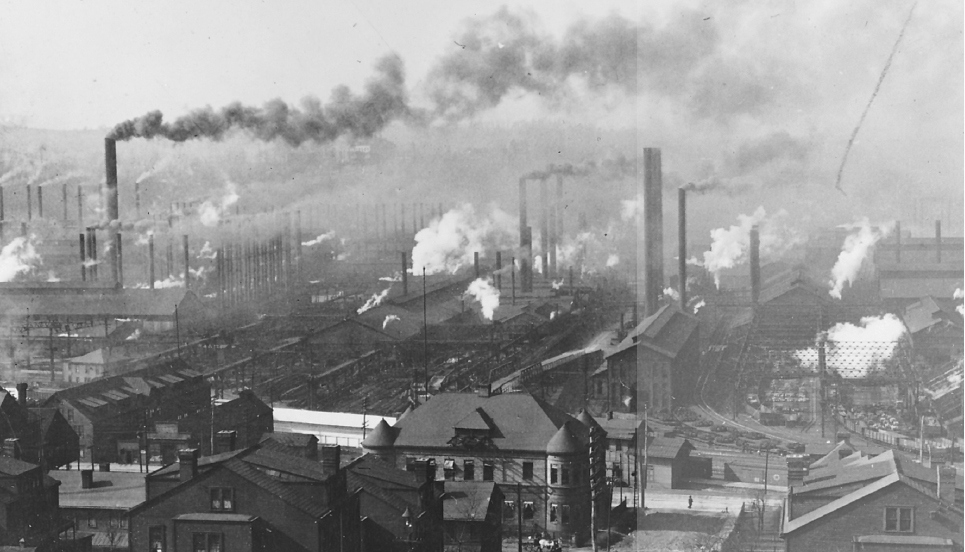Why did the ideas of social Darwinism appeal to many Americans in the late nineteenth century?
Printed Page 526

CHRONOLOGY
1883
- – William Graham Sumner articulates his philosophy of social Darwinism in What Social Classes Owe to Each Other.
1889
- – Andrew Carnegie publishes “The Gospel of Wealth.”
1901
- – U.S. Steel is incorporated and capitalized at $1.4 billion.
EVEN AS ROCKEFELLER and Carnegie built their empires, the era of the “robber barons,” as they were dubbed by their detractors, was drawing to a close. Increasingly, businesses replaced partnerships and sole proprietorships with the anonymous corporate structure that would come to dominate the twentieth century. At the same time, mergers led to the creation of huge new corporations.
Banks and financiers played a key role in this consolidation, so much so that the decades at the turn of the twentieth century can be characterized as a period of finance capitalism — investment sponsored by banks and bankers. When the depression that followed the panic of 1893 bankrupted many businesses, bankers stepped in to bring order and to reorganize major industries. During these years, a new social philosophy later known as social Darwinism helped to justify consolidation and to inhibit state or federal regulation of business. A conservative Supreme Court further frustrated attempts to control business by consistently declaring unconstitutional legislation designed to regulate railroads or to outlaw trusts and monopolies.
 Investment sponsored by banks and bankers that typified the American business scene at the end of the nineteenth century. After the panic of 1893, bankers stepped in and reorganized major industries to stabilize them, leaving power concentrated in the hands of a few influential capitalists.
Investment sponsored by banks and bankers that typified the American business scene at the end of the nineteenth century. After the panic of 1893, bankers stepped in and reorganized major industries to stabilize them, leaving power concentrated in the hands of a few influential capitalists.
CHAPTER LOCATOR
How did the railroads stimulate big business?
Why did the ideas of social Darwinism appeal to many Americans in the late nineteenth century?
What factors influenced political life in the late nineteenth century?
What issues shaped party politics in the late nineteenth century?
What role did economic issues play in party realignment?
Conclusion: Why did business dominate the Gilded Age?
 LearningCurve
LearningCurve
Check what you know.